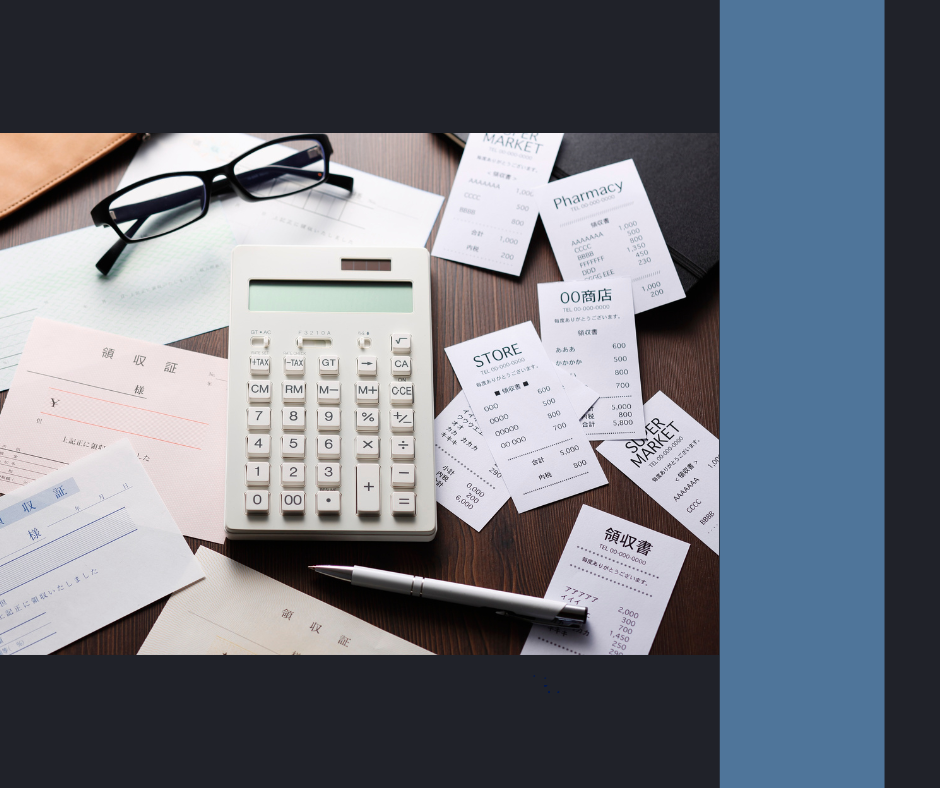
On a Tight Budget: What to Prioritize First
Share
One of the most common concerns I hear about emergency preparedness is cost. Stockpiling supplies, buying gear, and setting up long-term food storage can sound overwhelming—especially if you’re on a tight budget. The good news is that being prepared doesn’t have to break the bank.
If you’re just starting out and money is limited, focus on the essentials that will keep you and your family safe, fed, and able to function during an emergency. Here are the top budget-friendly priorities to start with.
1. Water
Why it matters: You can survive weeks without food, but only about three days without water. Clean water is the #1 priority in any emergency.
Budget prep:
- Start by storing tap water in clean soda bottles, juice bottles, or other food-safe containers. (Avoid milk jugs—they break down quickly.)
- Aim for 1 gallon per person per day for at least 3 days, then build from there.
- A simple, inexpensive water filter like a LifeStraw or Sawyer Mini is a smart investment once you can spare $20–$30.
Learn more about water storage here.
2. Food
Why it matters: Having food on hand means you won’t need to rely on empty grocery store shelves during an emergency.
Budget prep:
- Buy staples you already eat: rice, beans, oats, pasta, peanut butter, canned veggies, and canned protein like tuna or chicken.
- Watch for sales and rotate items into your regular meals so nothing goes to waste.
- Focus first on a 3-day supply, then stretch it to 2 weeks.
- Check Facebook marketplace or local classifieds to find a cheap way to cook food and boil water without electricity.
Learn more about how to use long-term food storage here.
3. Light & Warmth
Why it matters: Power outages are one of the most common emergencies, and being left in the dark can be both unsafe and stressful.
Budget prep:
- Pick up cheap LED flashlights ($1–$5) and stock extra batteries.
- Buy emergency candles or use what you already have at home.
- Dollar stores often carry thermal blankets (mylar blankets) for just $1—get a few for each family member. Thrift stores usually carry thicker, heavier blankets that could keep you warm at home when the power's out during an ice storm.
- A way to light a fire (waterproof matches, lighters, ferro rod, etc...).
4. First Aid Basics
Why it matters: In an emergency, you may not have quick access to doctors or pharmacies.
Budget prep:
- Start with a simple first aid kit from Walmart, Target, or a dollar store.
- Add extra bandages, pain relievers, allergy meds, and any prescriptions you need (ask your doctor if you can keep a small backup supply).
Learn more about first aid and medical supplies here.
5. Communication & Information
Why it matters: Staying informed can help you know when to evacuate, where to get help, and what’s happening around you.
Budget prep:
- A battery-powered or hand-crank radio is worth adding once you can. I believe battery powered is best so that you don't have to waste time and energy cranking the radio when there are a million other things you should be doing to keep your family safe. If you can afford it, get one that is both battery powered and can be hand cranked. Don't forget to get extra batteries for it.
- Until then, keep a car charger and power bank for your phone.
6. Personal Items
Why it matters: Comfort and hygiene can make a huge difference in a stressful situation.
Budget prep:
- Buy a few travel-size hygiene items: toothbrush, toothpaste, soap, wipes, hand sanitizer.
- Keep a change of clothes in your bag or car.
- Don’t forget items like diapers, pet food, or feminine products if your family needs them.
Budget Prep Tips
- Start small. Don’t stress about building a year’s supply right away—begin with 72 hours.
- Use what you have. Look through your home before buying anything new. Many emergency items are already in your cupboards and closets.
- Set a Schedule and buy a little at a time. Add $5 worth of extra supplies every grocery trip. Consistency is key. It adds up fast.
- Prioritize essentials. Water, food, light, warmth, and first aid will cover 90% of emergencies.
Final Thoughts
Preparedness doesn’t have to be expensive. By starting with the basics and building gradually, you’ll be surprised at how quickly your supplies grow. The peace of mind that comes with even a small emergency kit is priceless.
Remember: Preparedness is a process, not a purchase.
Other Articles of Interest
Dollar Store Prepping: 20 Items Worth Buying
How to Prep on a Tight Budget: Tips for Beginners
How to Financially Prepare for Emergencies Without Going Broke
Emergency Kits: What You Need to Know
